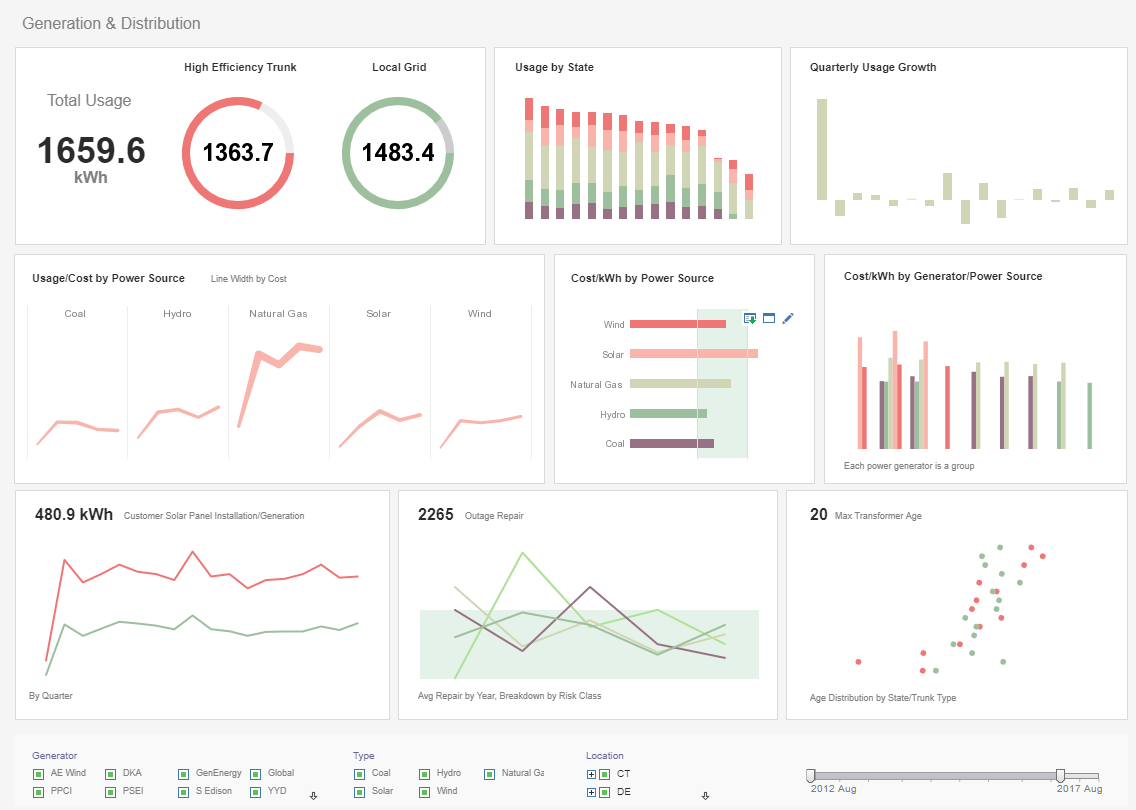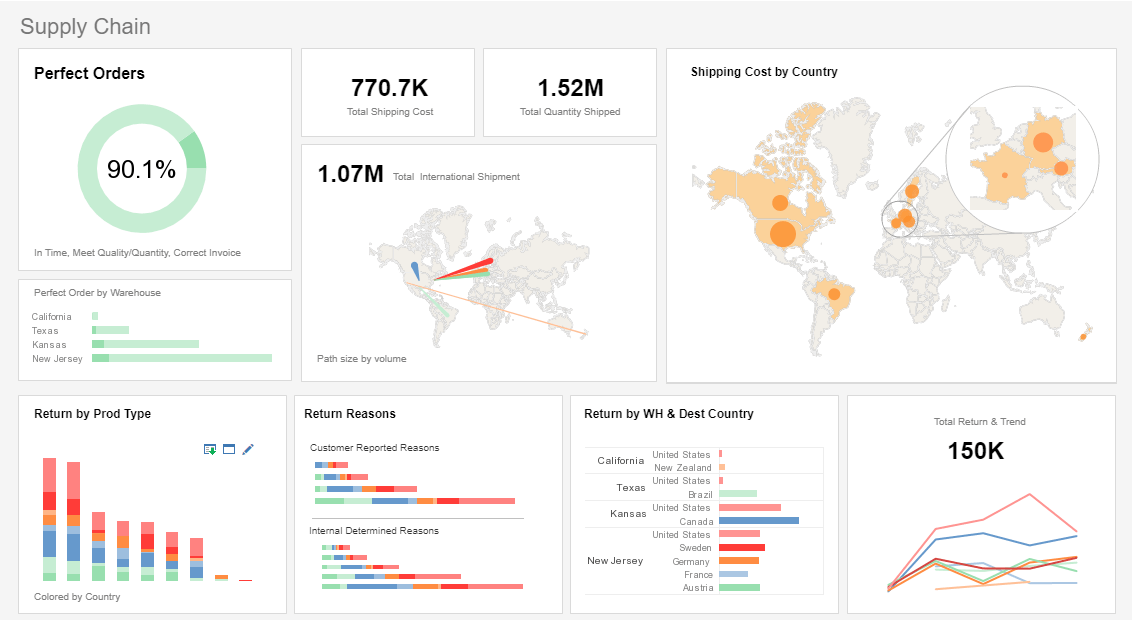Understanding Operations Dashboards
Operations dashboards exist to manage the day-to-day occurrences in a business. They are a particularly good tool when looking at metrics that change frequently and for being able to drill into the details to understand root causes of what is happening.
As the name suggests, operations dashboards paint a picture of business operations. They concern themselves with the here-and-now rather than the later. Analytical dashboards concern themselves with the future.
| #1 Ranking: Read how InetSoft was rated #1 for user adoption in G2's user survey-based index | Read More |


Why Should You Consider an Operations Dashboard?
If you are interested in how well your KPIs are operating you may want to consider an operations dashboard.
Time sensitive matters, as well, are best analyzed on this way, due to their here-and-now approach. Who is going to be using this dashboard? The overall feel of the dashboard will be determined based on the end user.
Operations dashboards are very well suited to managers and standard business users who are concerned with the current state of a business, rather than executives who must concern themselves with the future.
What are you hoping to achieve by utilizing a dashboard? Use an operational dashboard to track current performance against goals and expose weaknesses to be addressed. See what is working for you and determine best practices.
Finally, an important thing to consider is where your business has its source data stored. Operations dashboards are typically more suited to improving the visibility of singular a system or application as opposed to that of multiple data sources.


